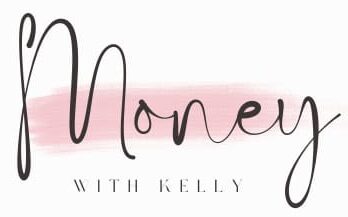
Financial freedom…it’s the goal of most people. To have enough money to retire.
The definition of financial freedom is the status of having enough income or wealth sufficient to pay one’s living expenses for the rest of one’s life without having to be employed or dependent on others.
But how do you achieve this? There are 4 types of accounts you need to achieve financial freedom.
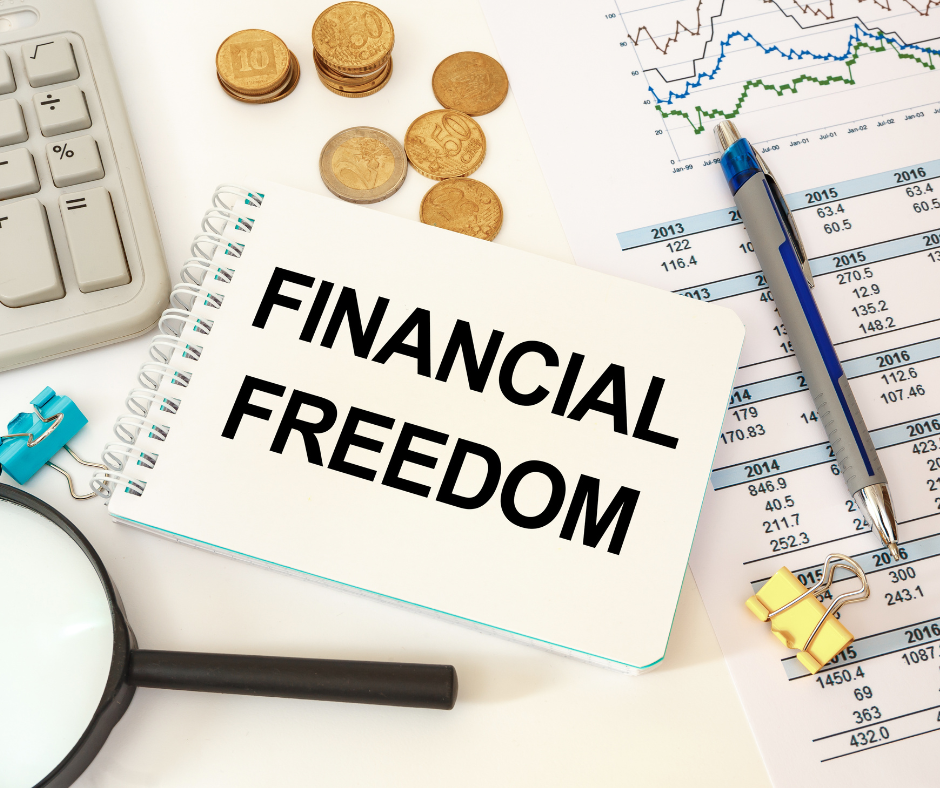
If you are new to money, be sure to check out:
These are going to be where you begin….
Now if you have mastered basic budgeting, let’s talk about what types of accounts you need to achieve financial freedom.
First, it’s a good idea to write down your goals:
- This could be getting out of debt
- Looking to buy a home
- Trying to pay off your mortgage
- Working on your emergency fund
- Saving for a large purchase in your sinking fund
Now that you have written down all your goals….we need to figure out where to disperse these funds.
This is why I recommend having 4 types of accounts. These accounts will help you achieve financial freedom. They each serve a different purpose that will help you achieve your goals.
Checking Account
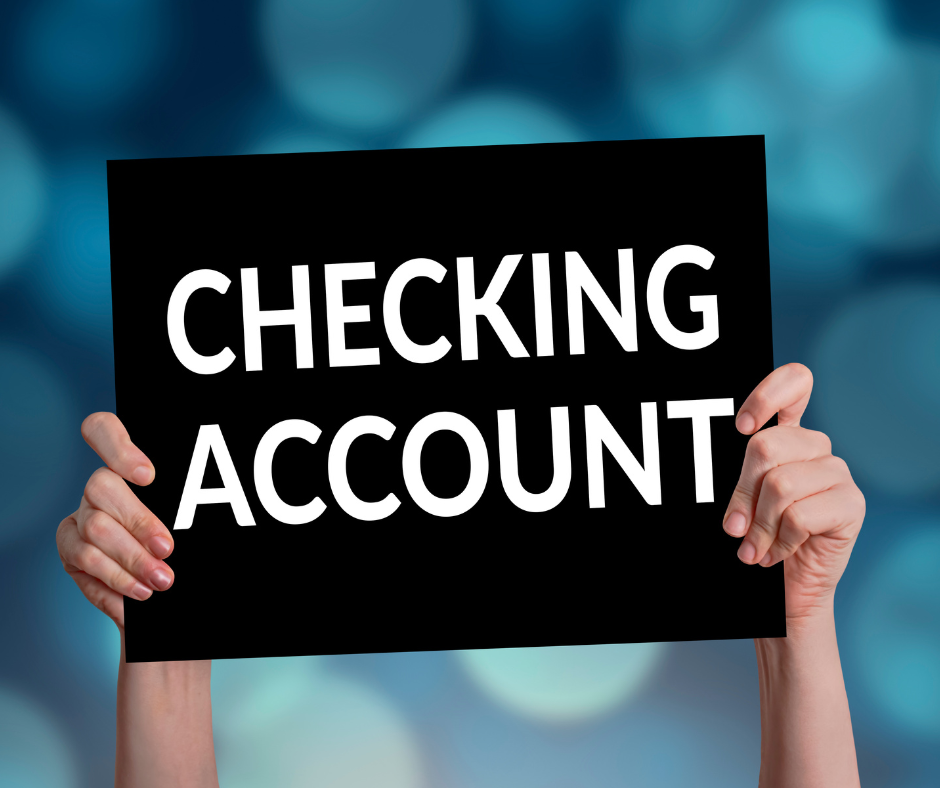
A checking account is the first account that you need to have. Most people already have this account.
This account should be used for all your deposits. This could be your salary or income from your job or business. This account is going to be your most used account.
Money will flow in and out of here. This is the account where you pay your bills. If you have set up your budget , you know where every dollar goes.
I recommend finding a bank that allows you to have direct deposit, unlimited checking, and online access. I also do not want to pay any fees. Shop around for a bank that works for you.
Every bank has different programs. But these are my must haves.
Savings Account
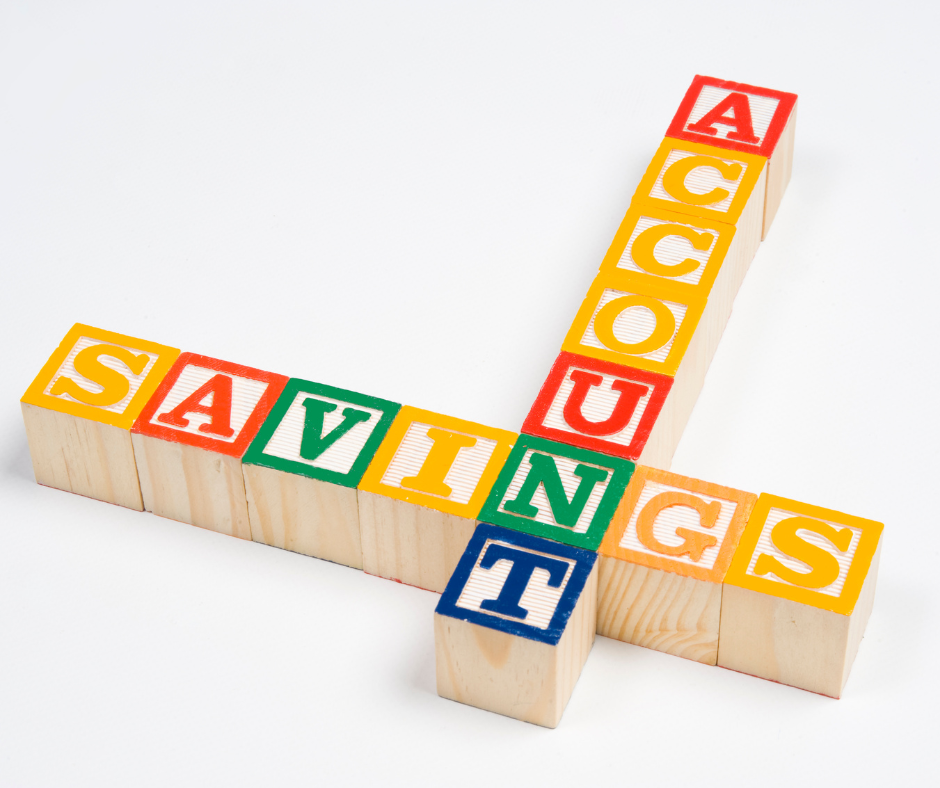
A savings account is the next type of account you need to achieve financial freedom. A savings account is typically used for Sinking Funds and Emergency Funds.
The most important savings account you can have is an emergency fund. This should have 3-6 months’ worth of money in case of emergencies. If you haven’t saved for this account…please start today.
The other type of savings is for sinking funds. This can consist of many different things.
Some people will choose to set up different types of savings account for different types of funds.
There are several different types of accounts:
- High Yield Saving Account
- Money Market Account
- Certificate of Deposit (C.D.)
High Yield Savings Account
A high yield savings account is a federally insured savings account that earns more than the national average. This is a great place to keep your emergency fund. This way your money is available when an emergency happens
Money Market Account
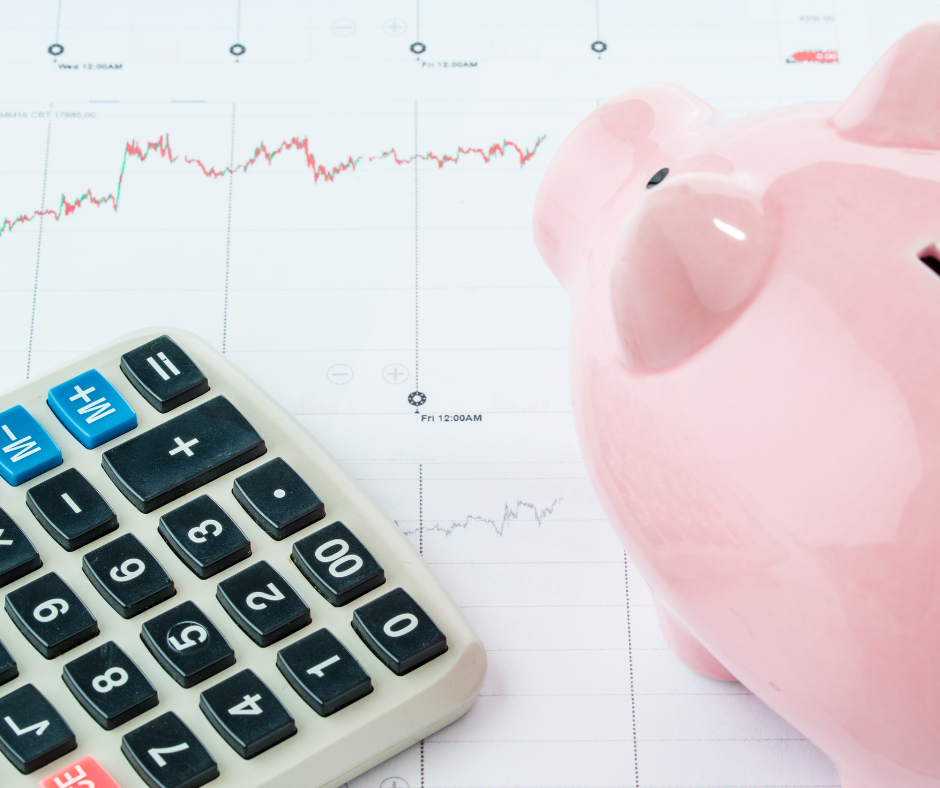
A money market account is a savings account that also earns a higher interest than the typical savings account. This account will only allow for a certain amount of checks or withdrawals to be made.
This is a great account to use if you are saving for an event.
- Wedding
- Home Down Payment
- Home Renovation
- Dream Vacation
- Christmas Gift
Certificate of Deposit
The C.D. is an account with a higher interest rate, in return, you will leave your money untouched for a specific period of time.
This is a great account where you don’t intend to use the funds for a long time.
Retirement Accounts
Retirement accounts are one type of account that is most important for growing wealth. These are the types of accounts that will earn you money by using compounding interest.
401k
A 401K is one of the most popular types of accounts to use as a retirement account. This has become the norm for people who work for a company. Meaning that you are an employee.
This is a company-sponsored retirement account where a company usually offers matching contributions.
Self Employed Pension (SEP)
A self employed pension or SEP is a type of IRA. An IRA is an individual retirement account. This enables self employed business owners to contribute to a retirement account.
Contributing to a SEP does have tax benefits. Please be sure to consult a CPA for more information. There are guidelines set forth about how much you can contribute each year based on your income.
Roth IRA
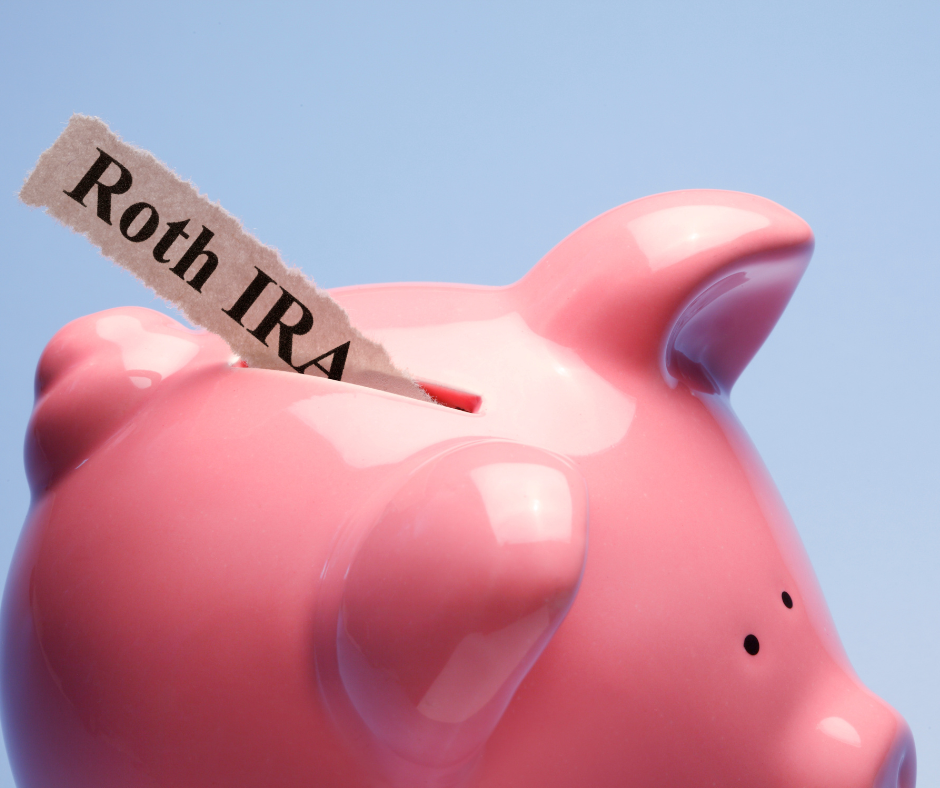
With a Roth IRA, you contribute after-tax dollars, your money grows tax-free, and you can generally make tax- and penalty-free withdrawals after age 59½.
The benefits of a Roth IRA are great:
- You can contribute at any age as long as you have qualifying income.
- There are no mandatory distributions. This means that this account can continue to grow into retirement.
- You can will your Roth IRA onto your heirs. They will also reap the benefits income tax-free.
Brokerage Account
The last type of account you need to achieve financial freedom is a brokerage account.
A brokerage account is an investment account. This will allow you to buy and sell stocks, bonds, index funds, ETFS, and more. If you are new to investing check out my Investing 101. This will help you understand what each type of investment is.
You can either open a brokerage account and buy and sell by yourself. Or you can hire a financial advisor to invest for you. Or you could do a little of both.
The magic of growing wealth with a brokerage account is compounding interest.
Be sure to get started today. The younger you are the better. Time and compound interest are your friend.
If you are new to budgeting and money, please be sure to work on your emergency fund first. This can save you from financial disaster.
If you have debt, start paying that off. Bad debt is holding so many people back from accomplishing their goals. Find ways to eliminate debt.

Making smart financial habits can help you on your way to financial freedom. Creating financial freedom doesn’t just deal with money. Smart financial habits can have a lot of benefits.
Some of the benefits:
- Decreases Stress
- More Free Time
- Improved Lifestyle
- Better Relationships
- Better Health
As I always say….”Invest in Yourself”

